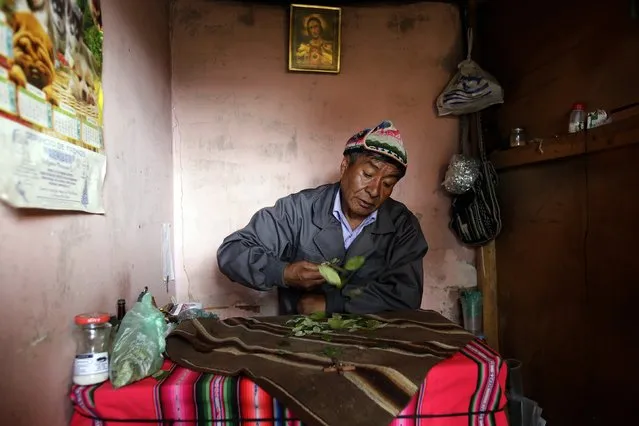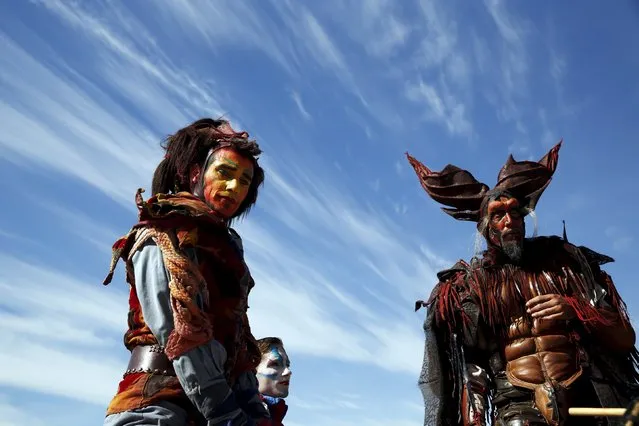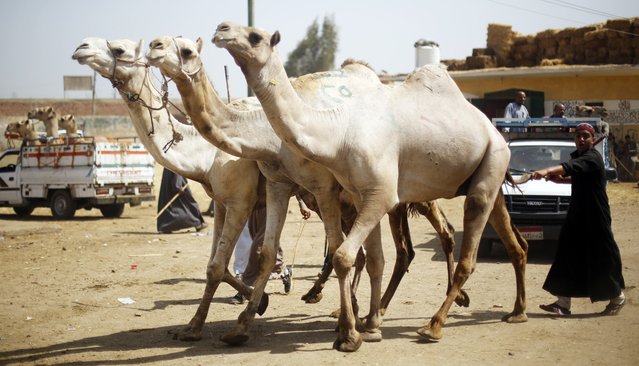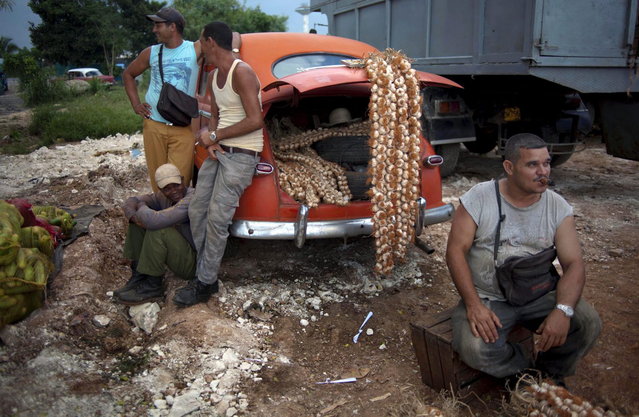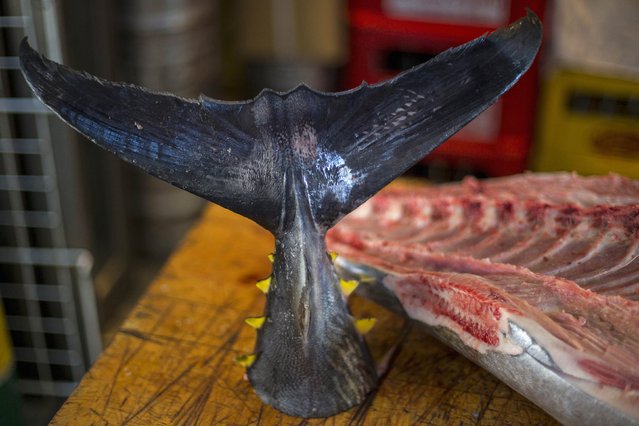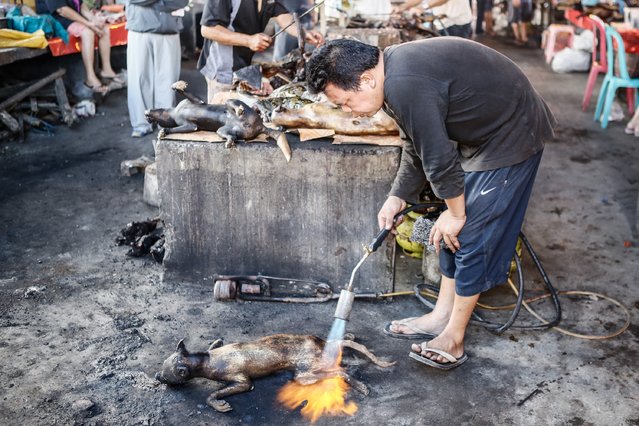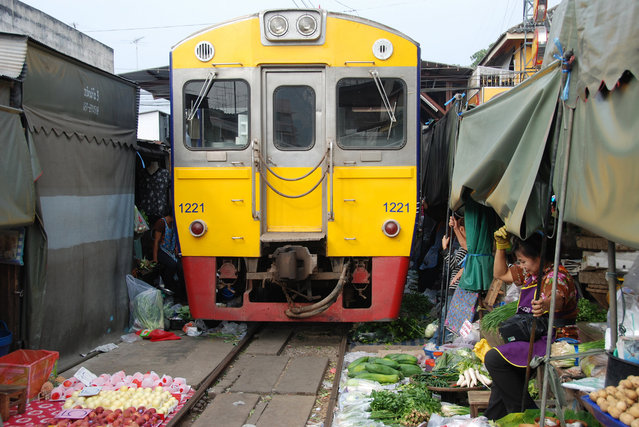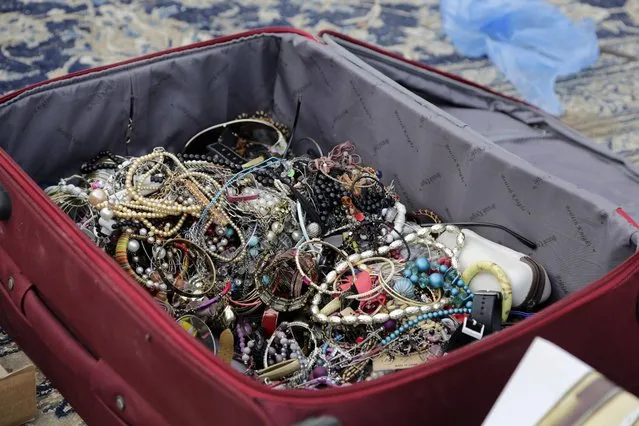
In this April 16, 2015 photo, costume jewelry is on display for sale at al-Aqeeliya open-air auction market in Riyadh, Saudi Arabia. A man came with the suitcase full of beaded jewelry and sold the whole bag to the auction winner, who had just a few moments to inspect its contents before buying. (Photo by Hasan Jamali/AP Photo)
22 Apr 2015 09:38:00,post received
0 comments

